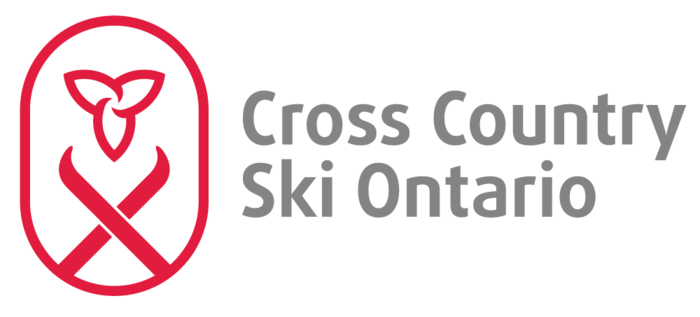Jackrabbit Technique Award #1 Sticker
$0.50
In general, poles should not be used when these skills are introduced.
- Ready Position: The skier stands on flat terrain with arms slightly forward and to the side for balance. Skis are kept parallel. The body is upright, but relaxed. Knees and ankles are relaxed and slightly bent. The skier remains in this position for several seconds.
- Falling and Rising: The skier glides down the hill without poles, and falls to the side and back in a sitting motion. Skis and legs are kept together. Skis are brought together, side by side and under the body, on the downhill side of the body and perpendicular to the fall line (the path a ball would take if it rolled down the hill). The skier moves on to his/her hands and knees, edges the skis and stands up with minimal or no assistance.
- Side Stepping: The skier stands on the flat at the start of a packed, gentle slope with skis perpendicular to the fall line. Arms and hands are forward and to the side for balance. The skier places his/her weight on the downhill ski and then lifts the uphill ski placing it 10 to 20 cm uphill from the original position. The downhill ski is then placed beside the uphill ski. Skis are kept parallel. Repeat for five repetitions. The skier must be able to travel up the slope using five side steps.
- Star Turn: This technique should be practised and assessed on packed, flat terrain. The skier stands relaxed in the Ready Position, with skis parallel and arms away from the body for balance. The skier places his/her weight on the left ski. The skier then lifts up the right knee and places the right ski back down with the tips about 20-30 cm apart, keeping the tails together. The skis form a “pizza slice.” The left ski is then moved parallel to the right ski. This is repeated until a full circle is completed. Repeat in the opposite direction. On flat terrain and packed snow, the skier can repeat the above points, but keeping the tips together and positioning the tails 20-30 cm apart.
- Diagonal Stride – Running Step: In the progression of the Diagonal Stride, this step is called the “running step.” It is practised and assessed on flat terrain with set tracks. The skier slides his/her skis down the track, “walking” down the track on the balls of the feet with some ankle and knee bend. There is some glide onto the forward ski as the skier pushes off. There is a “jogging-like” action on the balls of the feet, with glide onto the forward ski. After the skier’s weight is shifted to the gliding ski, the pushing ski momentarily comes off the snow at the end of the push. Arms swing comfortably.
- Herringbone: This technique should be practised and assessed on a gentle slope that is packed, but not too hard or icy. The skier steps up a gentle slope, alternating arms and legs. Tips are kept quite wide apart (in a “V” shape). Arms swing comfortably. The skier completes five steps with each leg.
- Free Glide: This technique should be practised and assessed on a gentle downhill slope that is packed but not too hard or icy. The skier starts at the top of the hill in the Ready Position; the body is generally upright, knees and ankles are relaxed and slightly bent. Hands are kept forward. Skis are kept parallel. The skier is able to glide three metres down the slope maintaining the Ready Position.
- Snowplow Braking: If the skier can demonstrate a stable Ready Position moving down a gentle slope, he/she is ready to be introduced to Snowplow Braking on a similar slope. The skier makes a wedge by spreading the tails of the skis apart (the tips come together). The skier controls speed by adjusting the size of the wedge and edging the skis. The pressure (braking) on each ski is fairly equal with minimal turning to one side. The skier maintains the upper body in the Ready Position.




